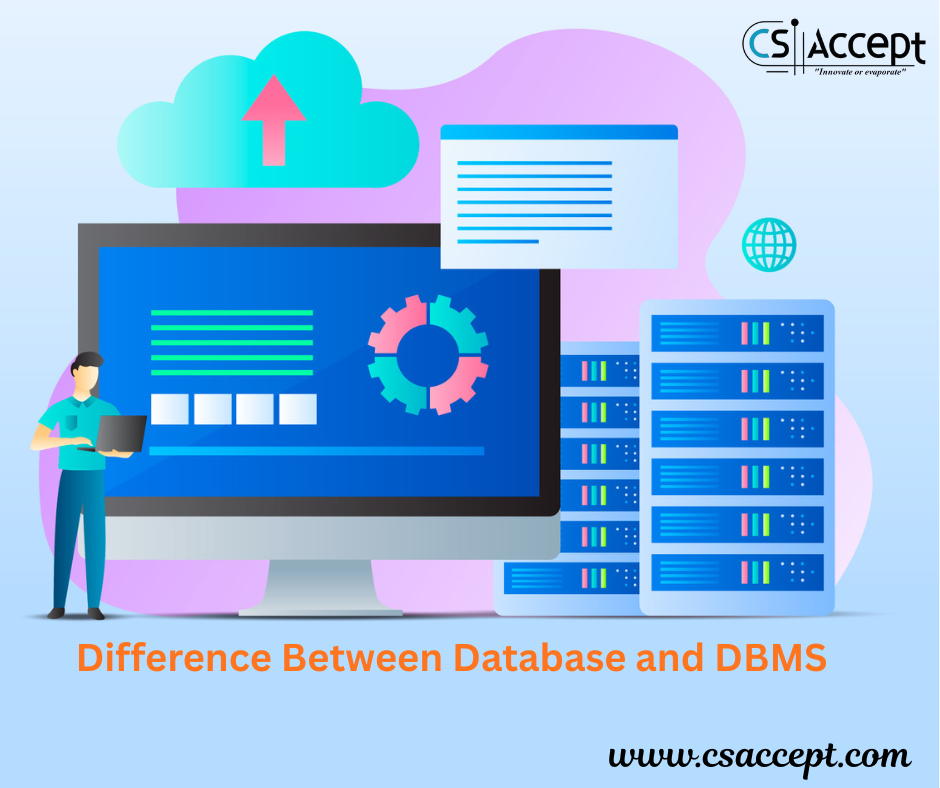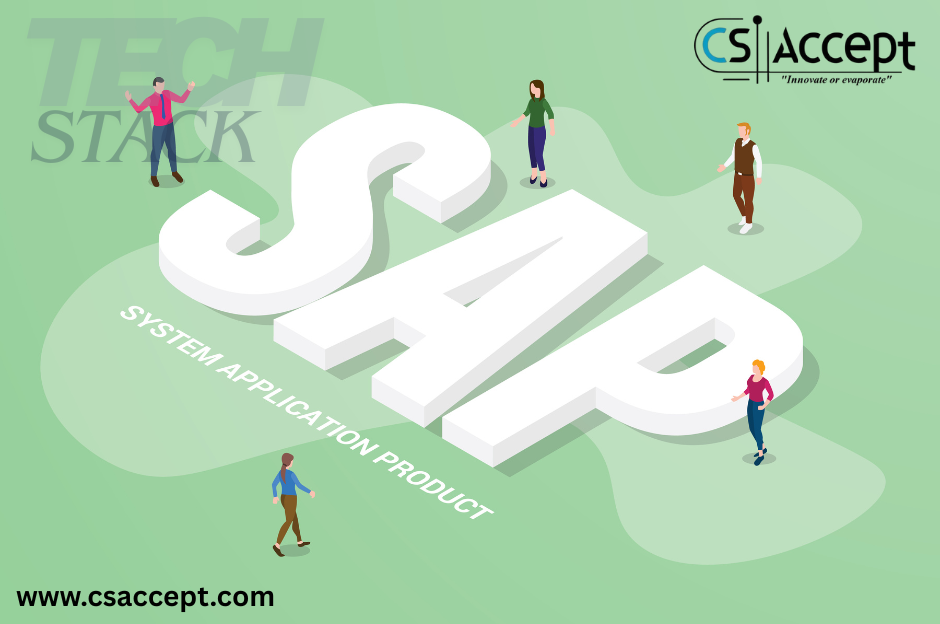
1. What is AI?
Artificial Intelligence (AI) is the ability of a computer or machine to perform tasks that typically require human intelligence — such as understanding language, learning from data, problem-solving, and decision-making.
Key Areas of AI:
- Machine Learning (ML) – AI learns from past data to make predictions.
- Example: Netflix recommending movies based on your watch history.
- Natural Language Processing (NLP) – AI understands and processes human language.
- Example: Google Translate converting Hindi to English.
- Computer Vision – AI interprets and processes visual data.
- Example: Face unlock on mobile phones.
- Robotics – AI controlling machines to perform physical tasks.
- Example: Amazon warehouse robots organizing packages.
- Expert Systems – AI simulating human decision-making.
- Example: Medical AI suggesting treatment options based on symptoms.
2. What is ChatGPT?
ChatGPT is an AI language model developed by OpenAI.
It’s designed to understand text input and generate human-like text responses in real time.
How ChatGPT Works:
- Training Data – Trained on large amounts of books, articles, websites, and conversations.
- Deep Learning (Transformer Architecture) – Uses advanced neural networks to understand patterns in language.
- Generative – Creates responses, stories, explanations, or even code from scratch.
- Context Awareness – Understands conversation flow and responds accordingly.
3. Key Features of ChatGPT
- Text Generation – Writes articles, stories, and essays.
- Question Answering – Answers factual and reasoning questions.
- Translation – Converts languages (e.g., Hindi → English).
- Summarization – Shortens long texts while keeping meaning.
- Coding Help – Writes and explains programming code.
- Creative Writing – Makes poems, jokes, scripts.
4. Examples of AI and ChatGPT in Use
Example 1: AI in Real Life
- Scenario: You search for “best smartphones under ₹20,000.”
- AI’s Role: Google’s AI ranks search results, filters spam, and personalizes recommendations.
Example 2: ChatGPT for Study Help
- User: “Explain blockchain in simple words.”
- ChatGPT: “Blockchain is like a digital notebook that everyone can see, but no one can erase, where transactions are recorded securely.”
Example 3: AI in Business
- Scenario: Amazon’s AI recommends products.
- Process: AI analyzes your purchase history → suggests items you are likely to buy.
Example 4: ChatGPT for Coding
- User: “Write a Python code to add two numbers.”
- ChatGPT Output:
a = int(input("Enter first number: ")) b = int(input("Enter second number: ")) print("Sum:", a + b)
5. Benefits of AI and ChatGPT
- AI: Automates tasks, increases efficiency, improves accuracy, saves time.
- ChatGPT: Provides instant answers, helps with learning, supports creativity, aids professionals.
6. Limitations
- AI:
- May reflect bias from training data.
- Needs large datasets to perform well.
- ChatGPT:
- Can give outdated info (unless connected to the internet).
- Doesn’t truly “understand” — it predicts text patterns.






